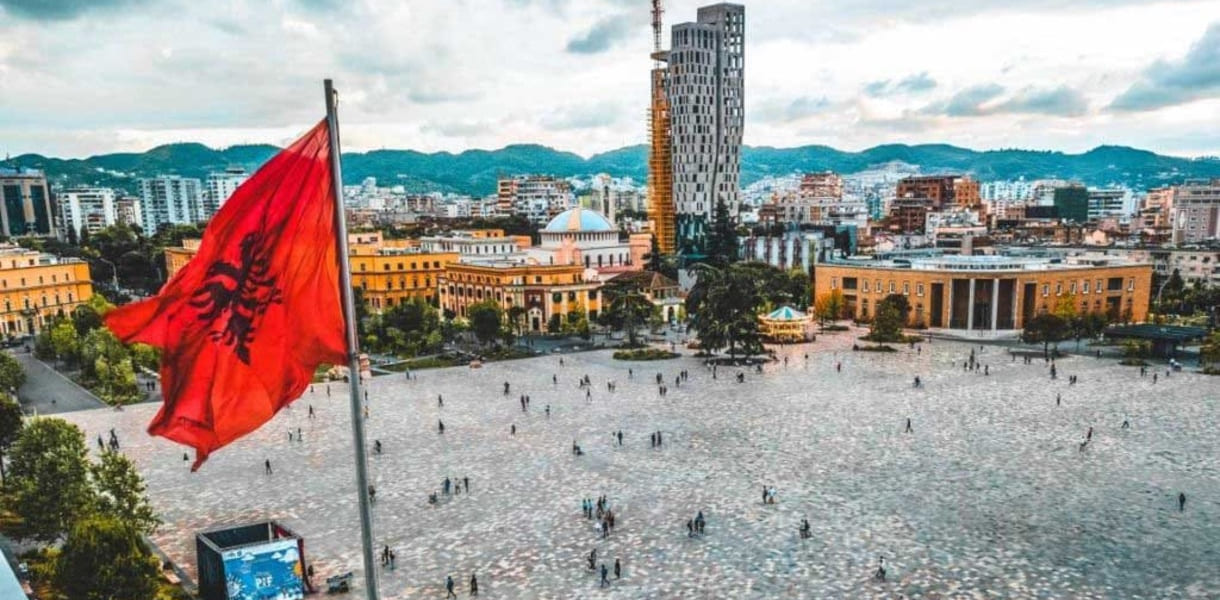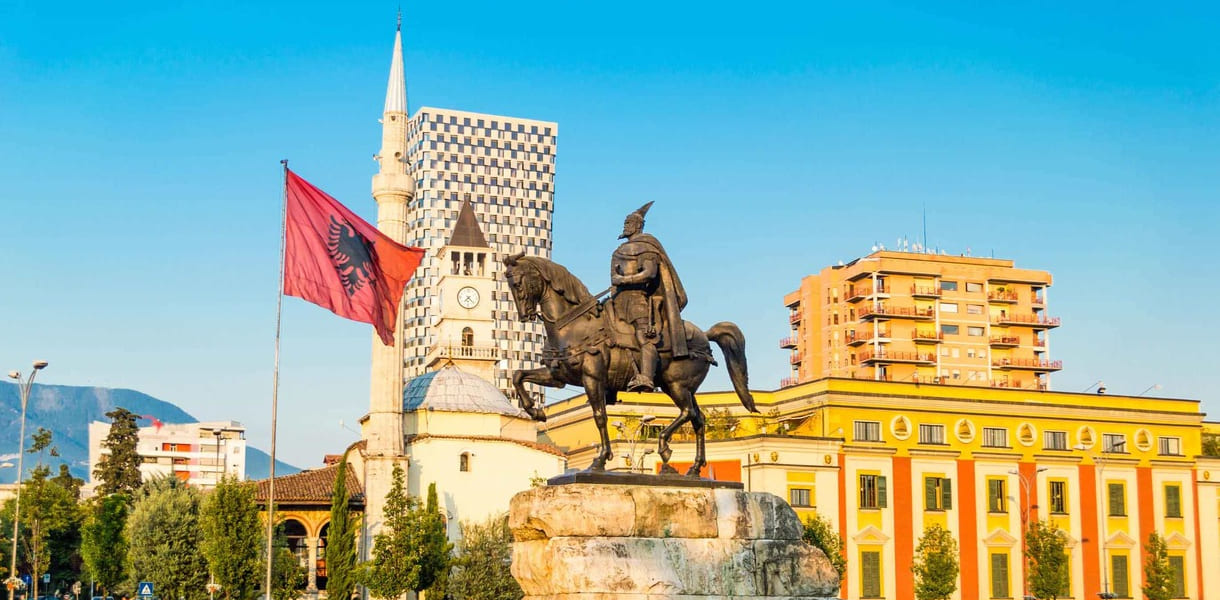As a geographical and cultural entity, and as a nation, Albania has often been enigmatic and somewhat misunderstood. In the eighteenth century, English historian Edward Gibbon (1737-1794) described it as "a land within sight of Italy and less known than the interior of America."
Albania, officially the Republic of Albania lies in South East Europe, on the shores of the Adriatic and Ionian Seas in the west, sharing a border with Montenegro to the northwest, Kosovo to the northeast, North Macedonia to the east, and Greece to the south.
The term Albania is the medieval Latin name of the country, originating from the Illyrian tribe of Albani.
During the Middle Ages, the Albanians called their country Arbëri and referred to themselves as Arbëreshë. Nowadays, the Albanians call their country Shqipëri and themselves as Shqipëtare, commonly known as "Land of the Eagles" and "Children of the Eagles".
Albania has been inhabited by different civilisations over time, such as the Illyrians, Thracians, Ancient Greeks, Romans, Byzantines, Venetians and Ottomans. The autonomous Principality of Arber was established in the 12th century, followed by the Kingdom of Albania and Principality of Albania during the 13th and 14th centuries.
Albania remained under the Ottoman rule from the 15th until its independence in 1912. The People’s Socialist Republic of Albania was established by Enver Hoxha after World War II, turning the country into one of the most ruthless dictatorships of the Iron Curtain. The student protests of 1989-1990 marked the fall of communism and eventually the establishment of the current Republic of Albania.




